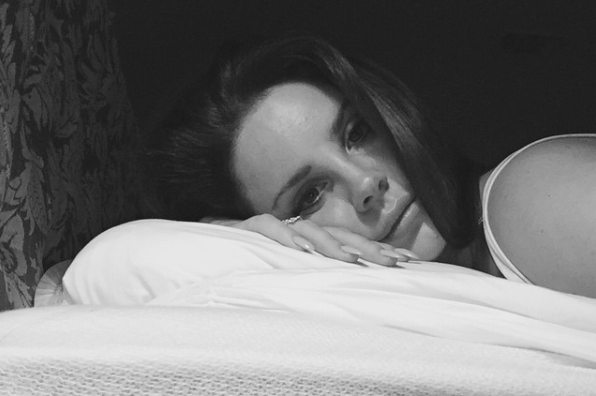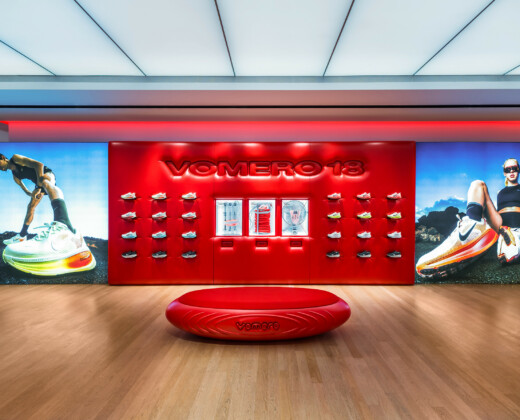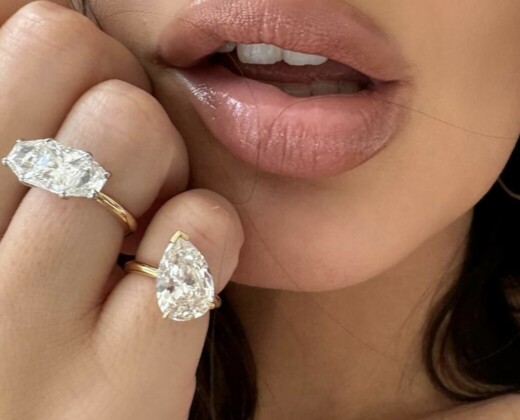Photo Credit: @LanaDelRey
For a decade now, Lana Del Rey has mystified listeners with romantic ballads of retro Americana and glorified gangland. Even before that, Elizabeth “Lizzie” Grant was circling clubs and small gigs with the same strong, nostalgic voice. Over the span of her career, the artist has become an influence in sound and style.
Teased since January and released last week, Lana Del Rey’s seventh studio album, Chemtrails Over The Country Club, is a continuation of past sound and melodrama, without any tedious or repetitive feel. At 35, Lana’s music still portrays a level of devil-may-care, something that’s always been a part of the persona, yet somehow the sound and themes of the album feel a little more mature, probably because of it’s intimacy and subtlety in the place of Del Rey’s usual grandness and splendour. There’s already confirmation of a follow-up album, one we’re just as excited for.
For most of her career, Lana’s music has often faced controversy for it’s provoking sense of glamourisation and this recklessness. Creating escapism and fantasy out of a mythical American underworld, songs about loving bad men have frequently been at the centre of the Lana Del Rey character, and have made it what it is; Born To Die, Del Rey’s 2011 portrait of Hollywood gang age and the epitome of this criminal glorification, was the breakthrough that made her career, and sits as phenomenal nostalgia from the first years of the 2010s.
These infant years of Grant’s career as Lana Del Rey influenced a short era of indie youth culture, embodied by Tumblr and American Apparel-esque aesthetics, a trend that Ultraviolence and Born To Die complimented so well, with Lana’s vintage iconography and care-free sensibilty. The albums are still considered at the top of her discography and career.
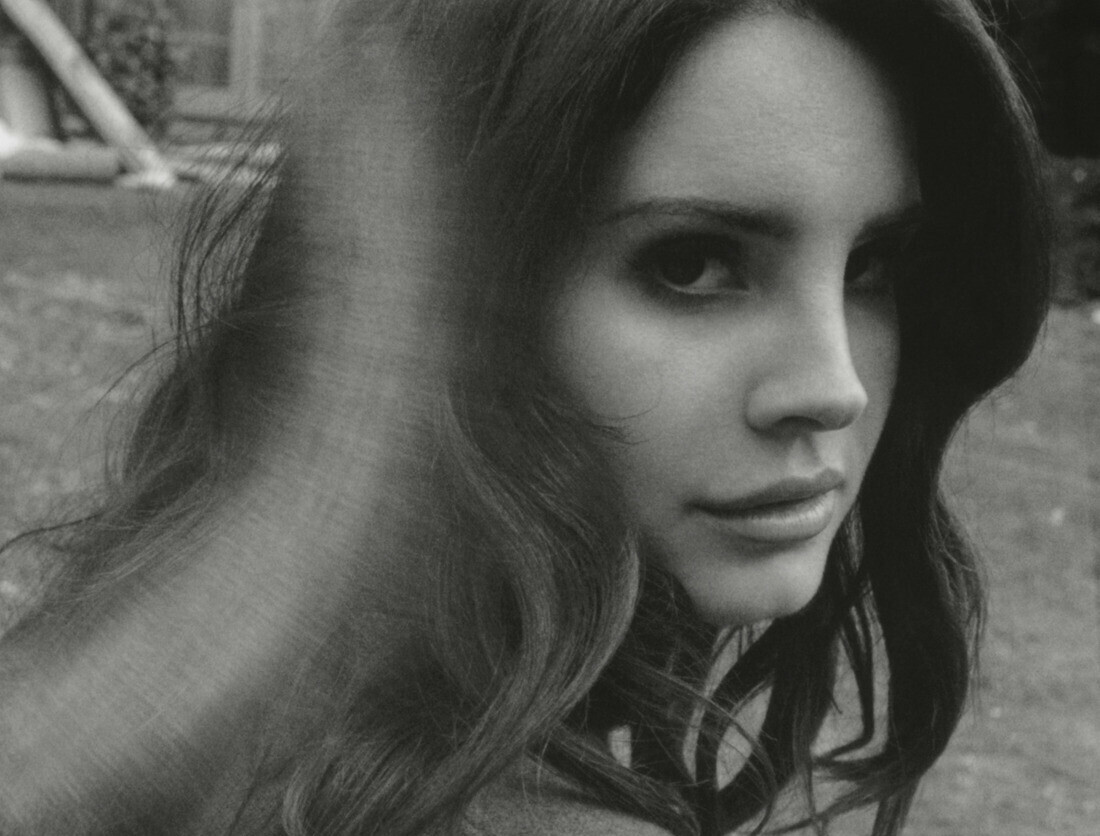
With clear influence from American legends, like Nancy Sinatra, Springsteen and Julee Cruise, Lana’s become a modern portrait of another era – or several of America’s best.
Lana’s patriotism has always been a big part of the persona, with retro American culture threaded throughout her concept. Up until 2017 the artist used the American flag as a motif in her visuals, but at the time of Donald Trump’s presidency and the country’s direction under his administration, the image of American pride had become very different and was no longer something to be flaunted, in the eyes of the singer. Despite the Americana identification tainted, Lana has continued to appeal to her image of 20th century nostalgia, just with less of a focus on it’s American-ness.
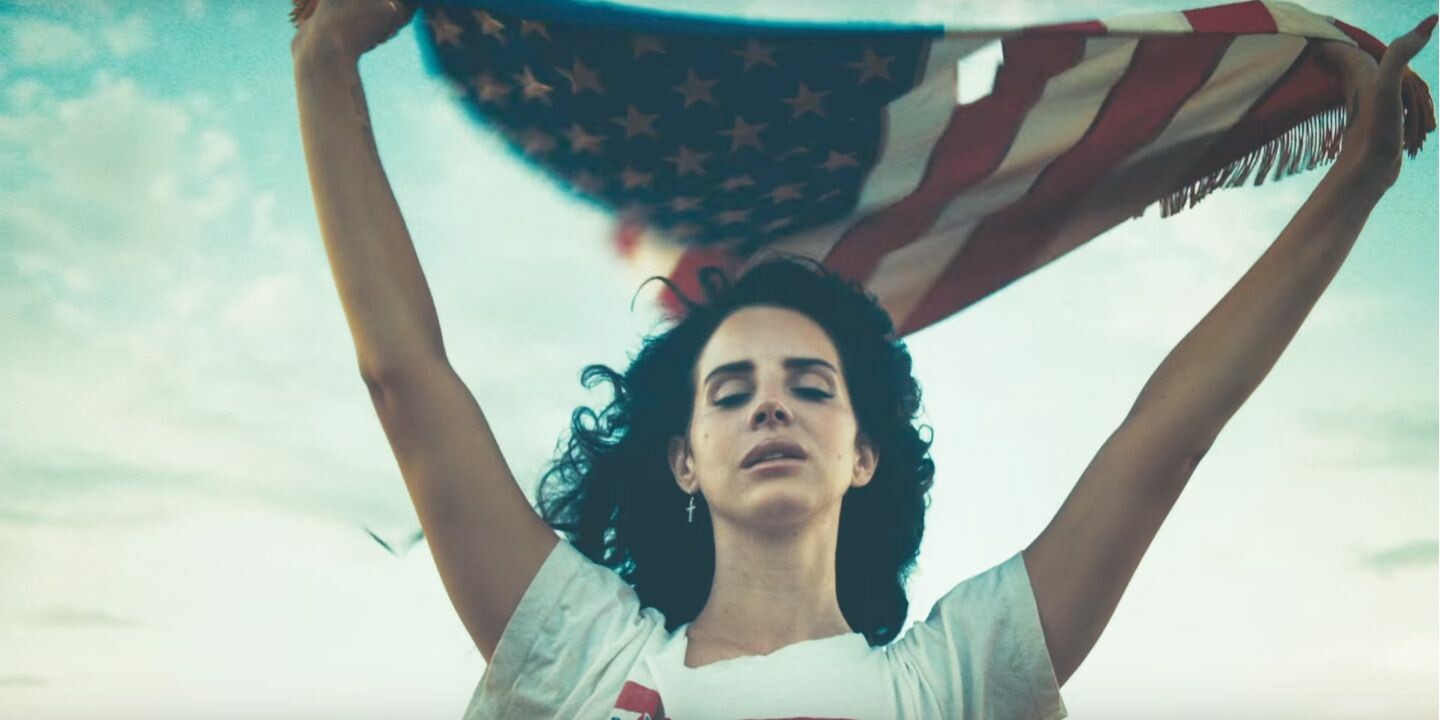
There has always been a conflicting narrative around Lana’s concept – the beginning of her career saw some critics brand her as some glorified groupie, a fraud reaching too far for retro sound, but years in her dedication to grandiosity and sepia-tinted melancholia is more praised than put down. Recognised for her ability to capture past and present, Del Rey was the only musician on the Washington Post’s ‘Decade Influencers’ list for the 2010s.
This narrative has shown that the further Lana Del Rey delves into her songbook, the clearer it is that her impression on pop music as we know it is here to stay.
Words By Daisy Greetham


